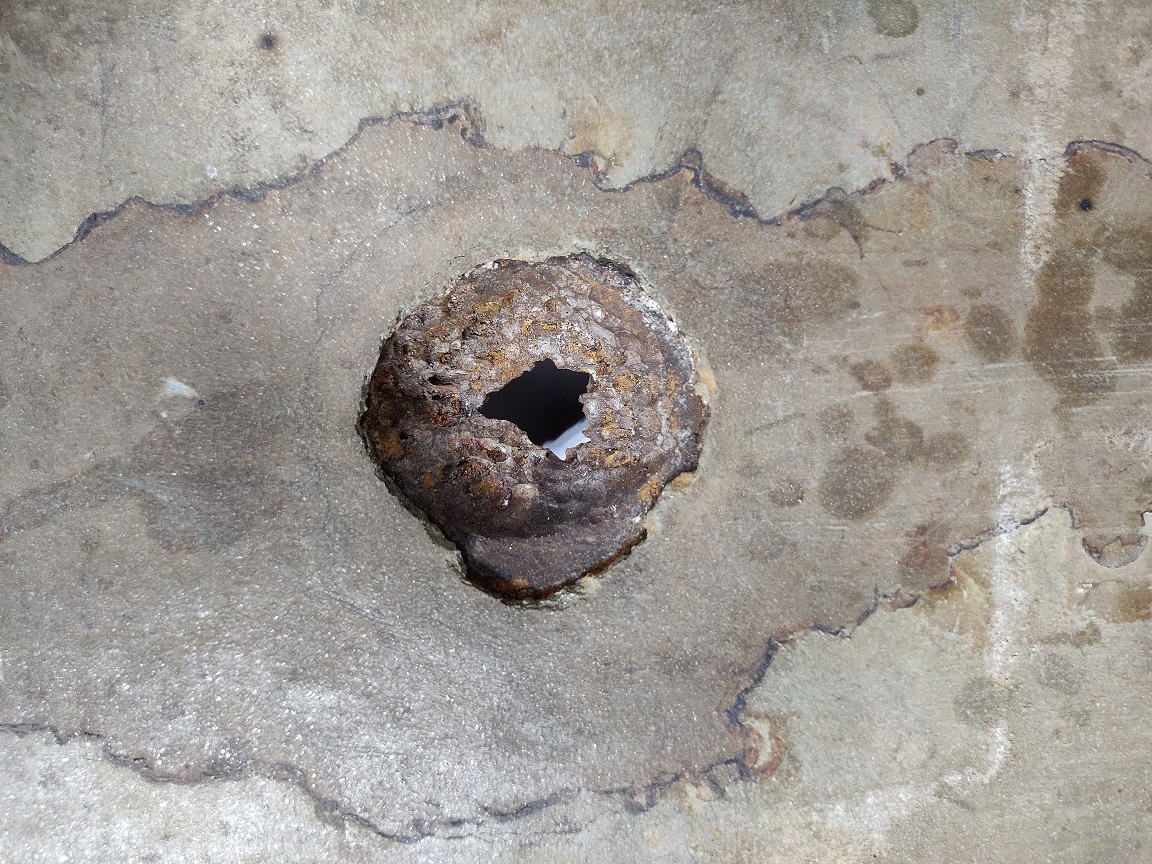Microbiological induced corrosion of Metals - Analysis and confirmation

The following table summarizes the visual, macroscopic, microscopic features, and qPCR testing used to confirm microbiological attack on a corroded metal:
| Feature/Testing | Description | Examples/Techniques |
|---|---|---|
| Visual | Observable characteristics on the metal surface that indicate the presence of microbial activity. | Biofilm formation, Discoloration |
| Macroscopic | Large-scale features that can be seen with the naked eye or using low-magnification devices. | Tubercles, Irregular patterns |
| Microscopic | Features that can only be observed using high-magnification devices, such as microscopes. | Microbial cells, Extracellular polymeric substances (EPS), Elemental analysis (e.g., EDS) |
| qPCR Testing | Molecular technique used to quantify the presence and abundance of specific microorganisms in the corroded metal. | Quantitative Polymerase Chain Reaction (qPCR) |
Visual:
- Biofilm formation: Slimy or sticky layer on the metal surface composed of microorganisms and extracellular polymeric substances (EPS).
- Discoloration: Color changes in the metal surface due to microbial metabolic by-products (e.g., black deposits from sulfate-reducing bacteria).
Macroscopic:
- Tubercles: Raised, dome-shaped formations on metal surfaces, composed of corrosion products, biofilm, and other debris, indicating the presence of iron-oxidizing or sulfate-reducing bacteria.
- Irregular patterns: Concentric rings, radial patterns, or irregular pit shapes resulting from localized microbial corrosion.
Microscopic:
- Microbial cells: Presence of bacteria, fungi, or other microorganisms on the metal surface or within biofilms, observed using light or electron microscopy.
- Extracellular polymeric substances (EPS): Microscopic visualization of EPS components, such as polysaccharides or proteins, using specific staining techniques (e.g., Alcian Blue or Coomassie Blue).
- Elemental analysis: Analysis of elemental composition of corrosion products using techniques like energy-dispersive X-ray spectroscopy (EDS) to identify specific microbial metabolites (e.g., sulfur or sulfide).
qPCR Testing:
- Quantitative Polymerase Chain Reaction (qPCR): Molecular technique used to detect and quantify the presence of specific microorganisms or microbial groups by targeting their DNA, providing information on the abundance and activity of these microbes in the corroded metal.
